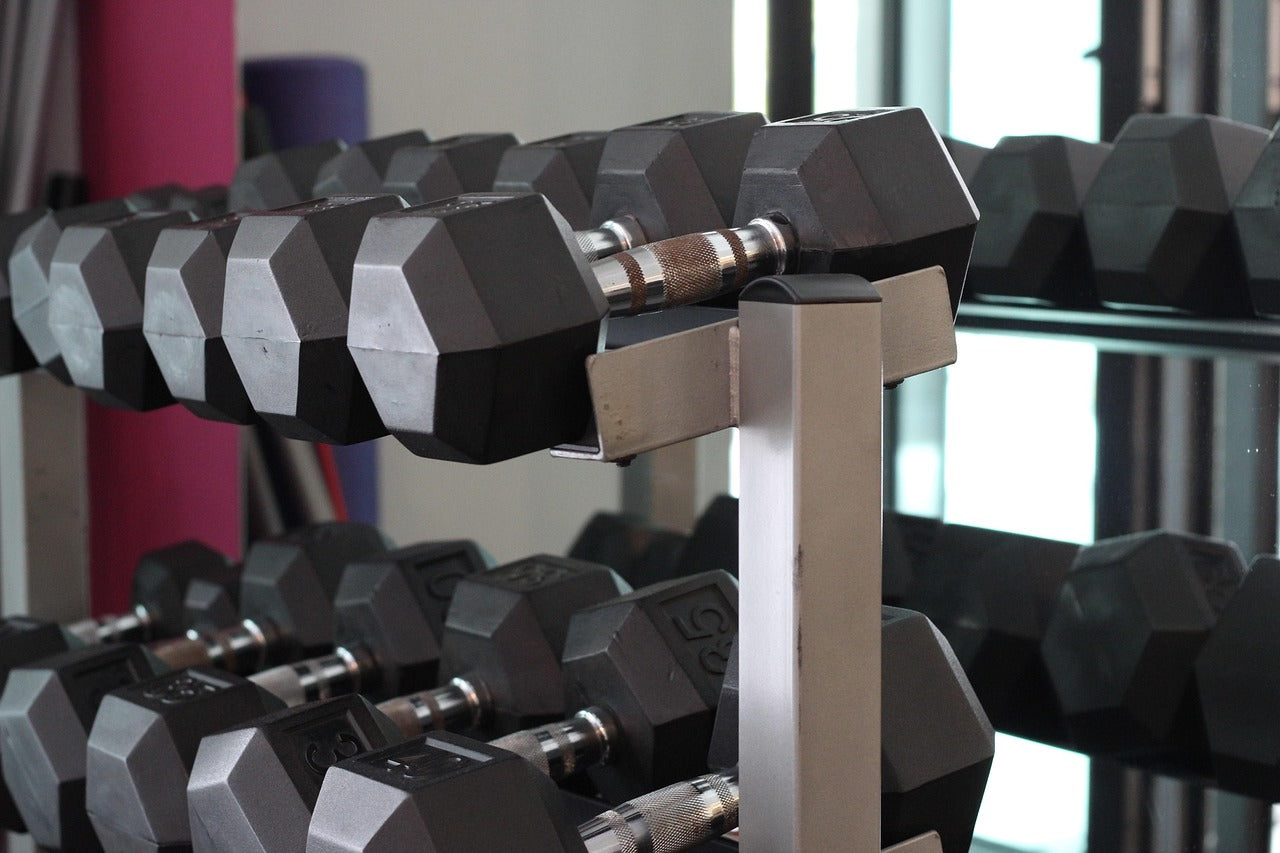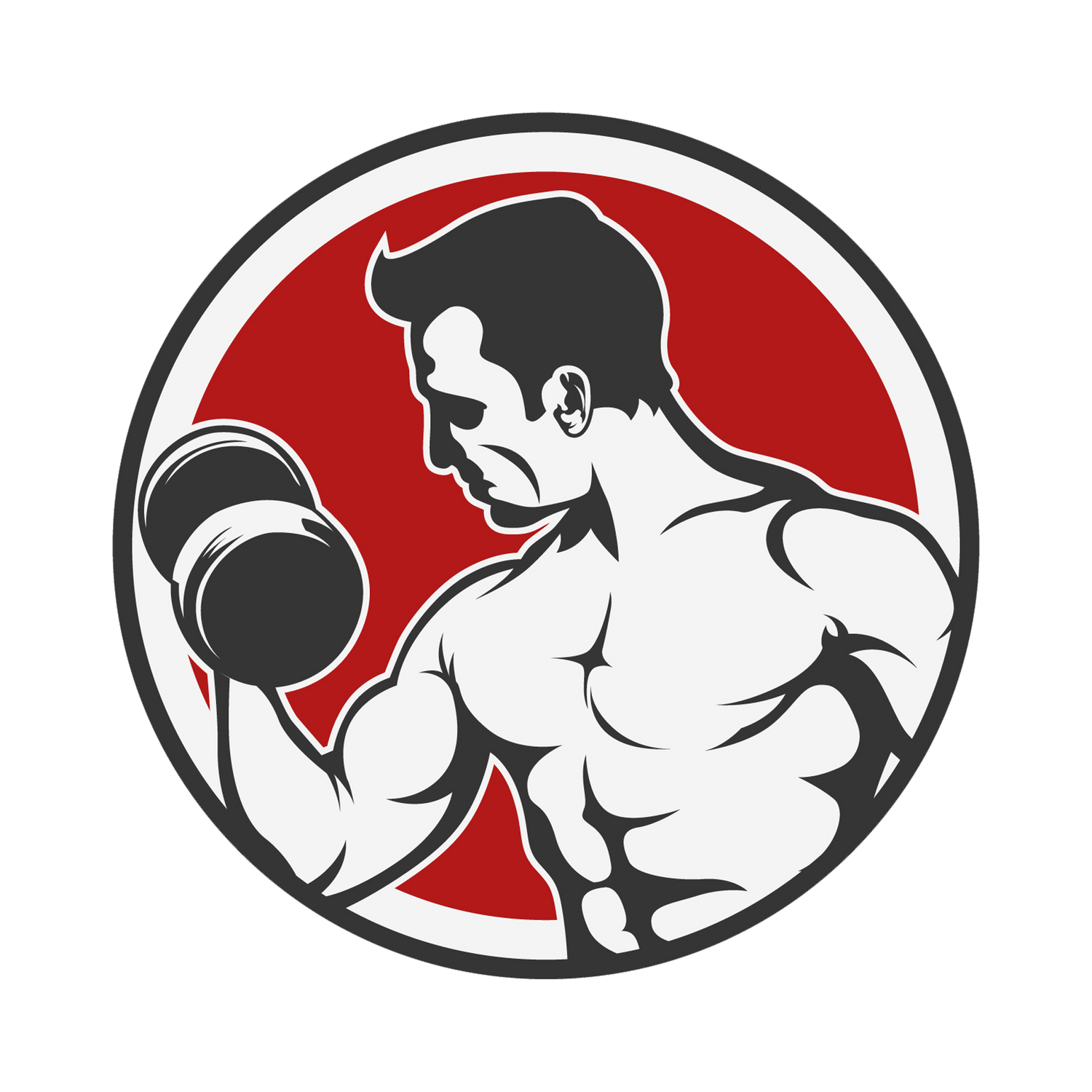
Unleash your inner beast

Welcome to FitnessFrenzy
your ultimate destination for everything fitness, wellness, and motivation! Whether you're a beginner looking to jumpstart your health journey or a seasoned athlete seeking new challenges, Fitness Frenzy has something for everyone.
Blog posts
-

Add This One Cup Before Bed and Watch the Inche...
Could Your Nighttime Cup Be the Secret to Lasting Weight Loss? Simple, science-backed hydration trick to support metabolism and restful sleep. We’ve all heard the phrase: “You are what you...
Add This One Cup Before Bed and Watch the Inche...
Could Your Nighttime Cup Be the Secret to Lasting Weight Loss? Simple, science-backed hydration trick to support metabolism and restful sleep. We’ve all heard the phrase: “You are what you...
-

20 Fun Workouts That Don’t Feel Like Exercise
Bored of the Gym? Try These Creative Workouts Instead. Stay fit, energized, and happy with workouts that feel more like play. Let’s be real—working out can get dull. Treadmills? Meh....
20 Fun Workouts That Don’t Feel Like Exercise
Bored of the Gym? Try These Creative Workouts Instead. Stay fit, energized, and happy with workouts that feel more like play. Let’s be real—working out can get dull. Treadmills? Meh....
-

Pilates with Weights? Yes, and It’s Changing Bo...
Want Long, Lean Muscle? Try Pilates… But Add Dumbbells! Why lightweight resistance training with Pilates is the new body-sculpting trend. Pilates has long been loved for its graceful, controlled movements...
Pilates with Weights? Yes, and It’s Changing Bo...
Want Long, Lean Muscle? Try Pilates… But Add Dumbbells! Why lightweight resistance training with Pilates is the new body-sculpting trend. Pilates has long been loved for its graceful, controlled movements...
Explore expert-backed workout routines, trending fitness tips, meal plans, and lifestyle hacks designed to help you crush your goals. From HIIT and Pilates to strength training and weight loss strategies, our blog keeps you informed, inspired, and energized.
Join the frenzy — where fitness meets passion, progress, and purpose.


